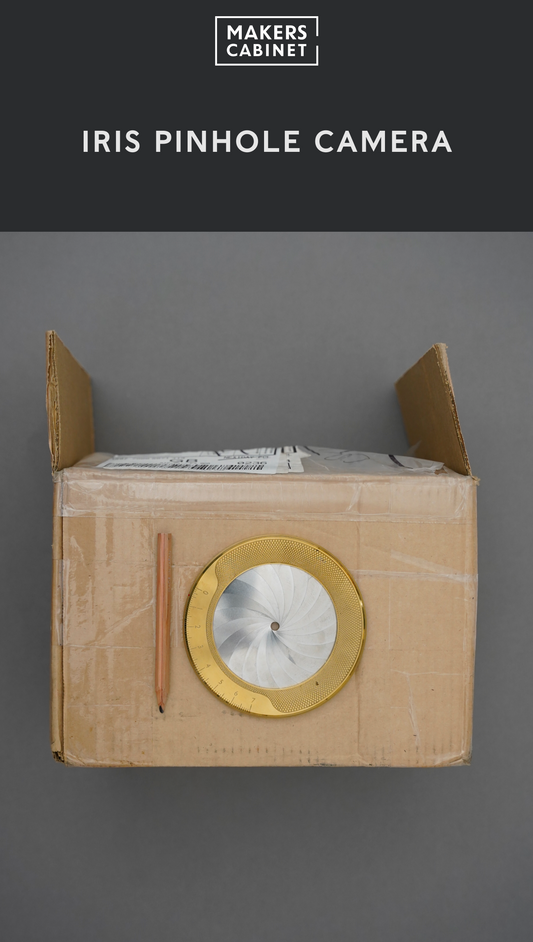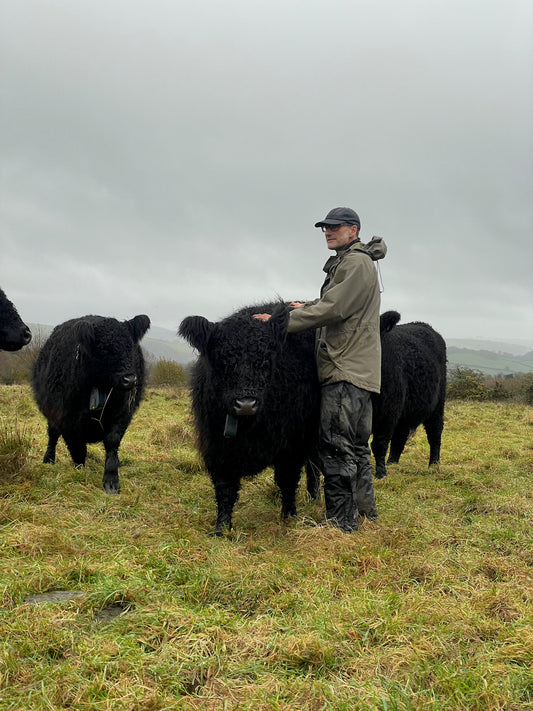
The Iris is our much-celebrated drawing compass, which allows you the freedom to draw circles effortlessly. As you rotate the brass edges of the tool, steel leaves hypnotically weave in and out to create different-sized circles to your preference. The mechanism that allows the Iris to work so effortlessly is inspired by the inner workings of a camera’s aperture; this is a crucial tool for a photographer to manipulate light effectively in order to produce the best photos.


When the aperture is larger, it lets in more light, resulting in a larger depth of field. This is ideal for group shots, scenic landscapes, and nighttime photography. Conversely, when the aperture is smaller, less light is allowed in, resulting in a darker image with a shallower depth of field. This is useful for portrait shots or capturing specific objects.


As the new office intern (Su), I recently learned about the Iris’s design journey and embraced the ironic idea of turning the Iris—a drawing tool inspired by a camera aperture—back into a functioning aperture for a pinhole camera. This cycle mirrors the ancient circular symbol Ouroboros, which depicts a snake or dragon devouring its own tail, symbolising the eternal cycle of destruction and re-creation. In this experiment, the Iris reaches a full-circle moment, returning to the inspiration behind its design.


I used a technique called solargraphy, which essentially captures the sun’s trail across the sky on photo-sensitive paper, through long exposures. This process can range from days to months, and even years. However, since the aperture of my camera could only be minimised to a 3mm opening with the Iris, I limited the exposure to about 6-7 hours. Honestly, capturing the best image with the Iris as the acting aperture was the most challenging part. Nevertheless, I persevered and strived to overcome the difficulty of using an aperture three times larger than the size recommended by old, obscure internet forums.


Through a process of trial and error, and surprisingly relying heavily on cloudy weather, images were captured the Iris–made pinhole camera! Although the photo-sensitive paper was being flooded with light, so the photo wasn't focused, the results were pictures of a world blanked in blue fuzziness and abstract blobs reminiscent of nostalgic memories. In this process rather than the end product, the journey and the challenge of using the Iris within the camera were more significant symbolically. It celebrated the origin of the Iris (the camera) and its return to its roots.



